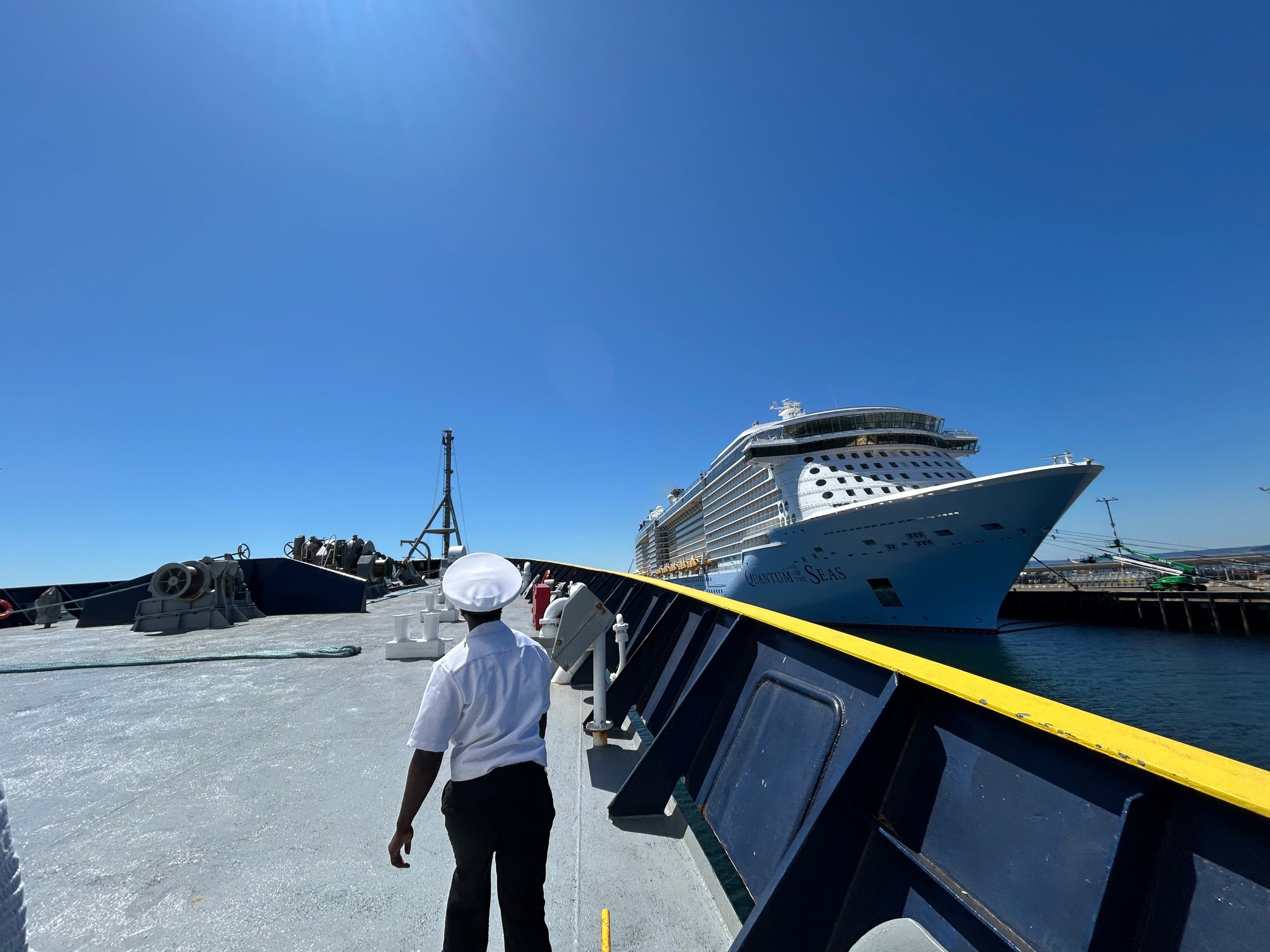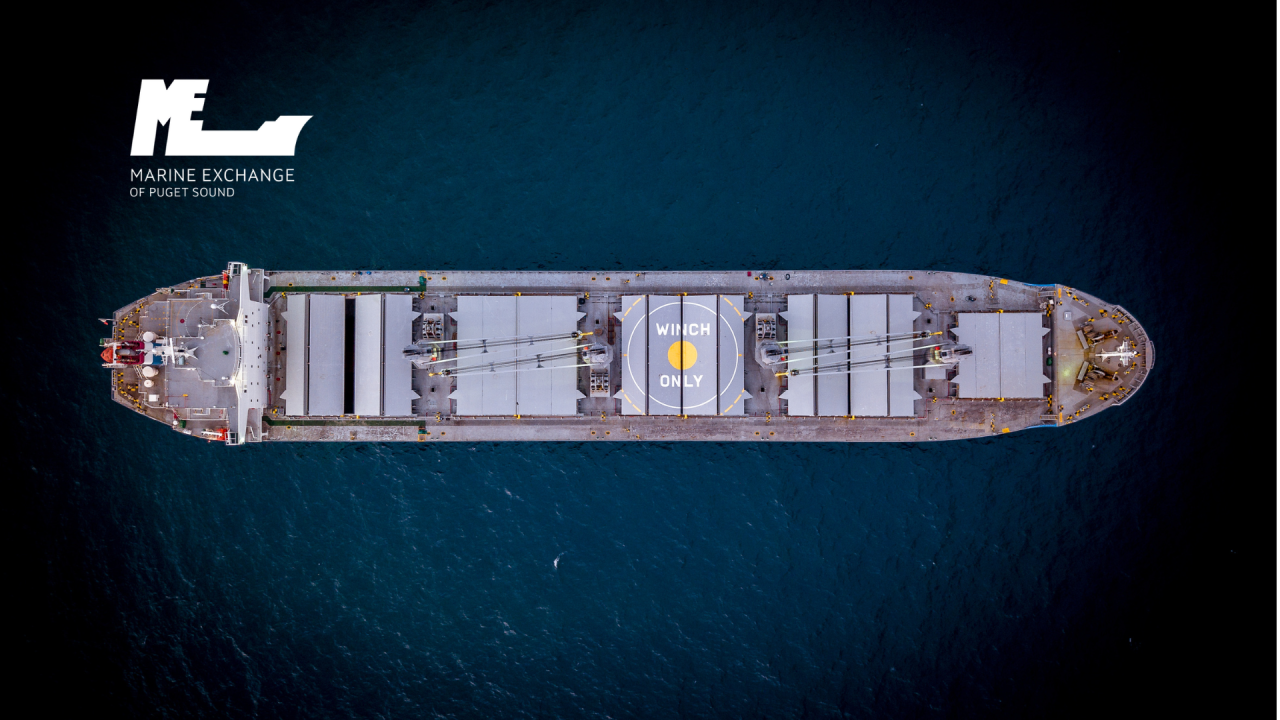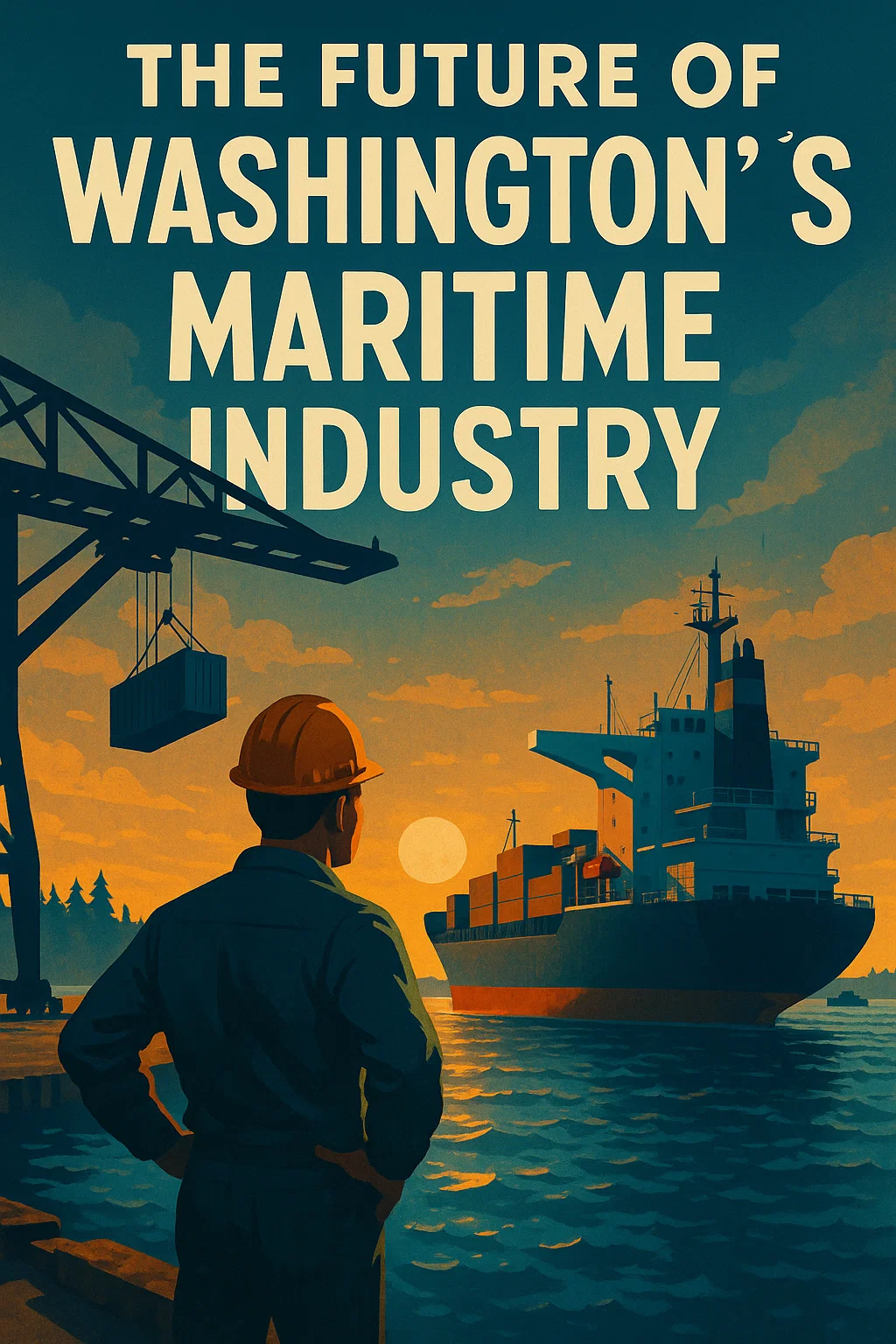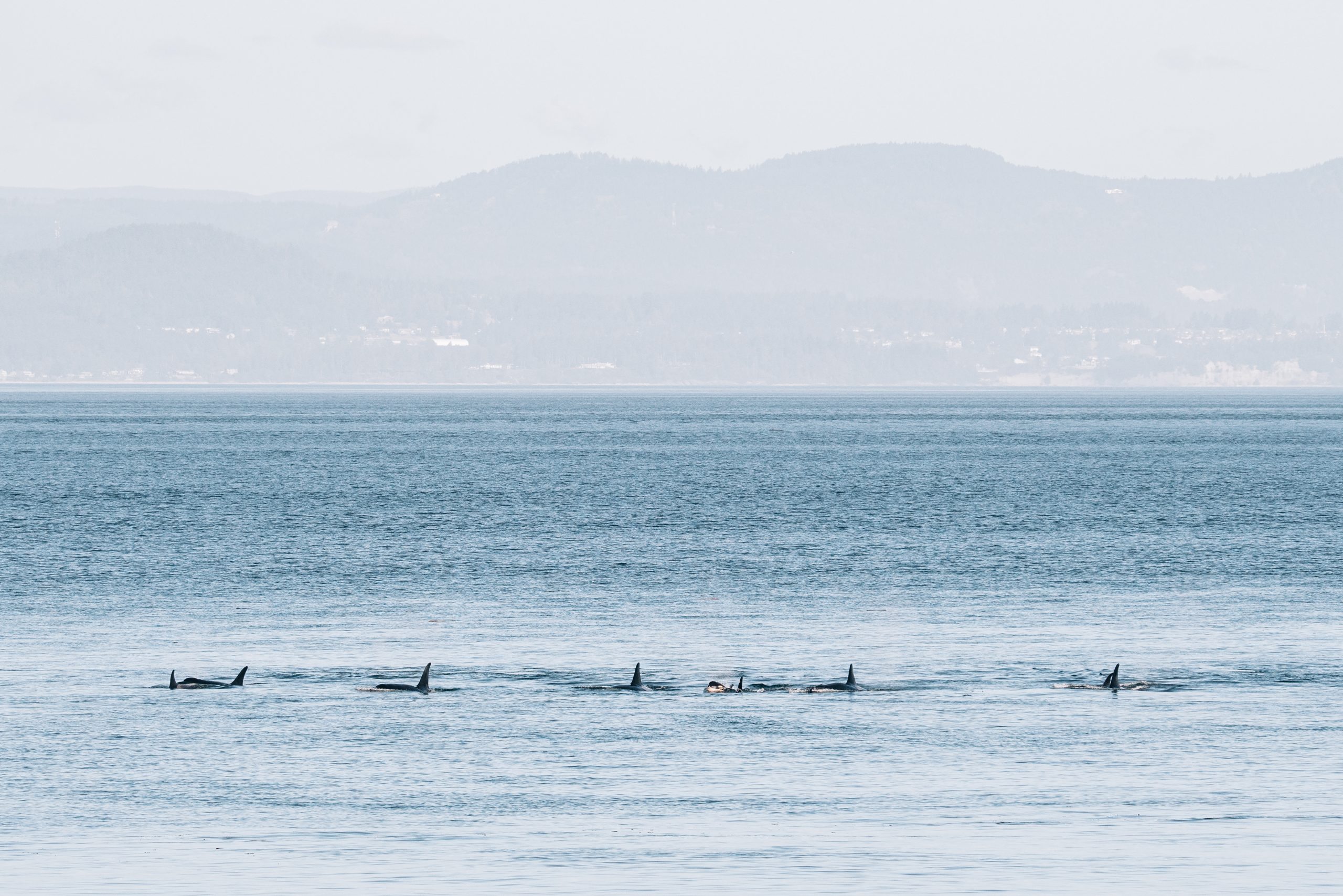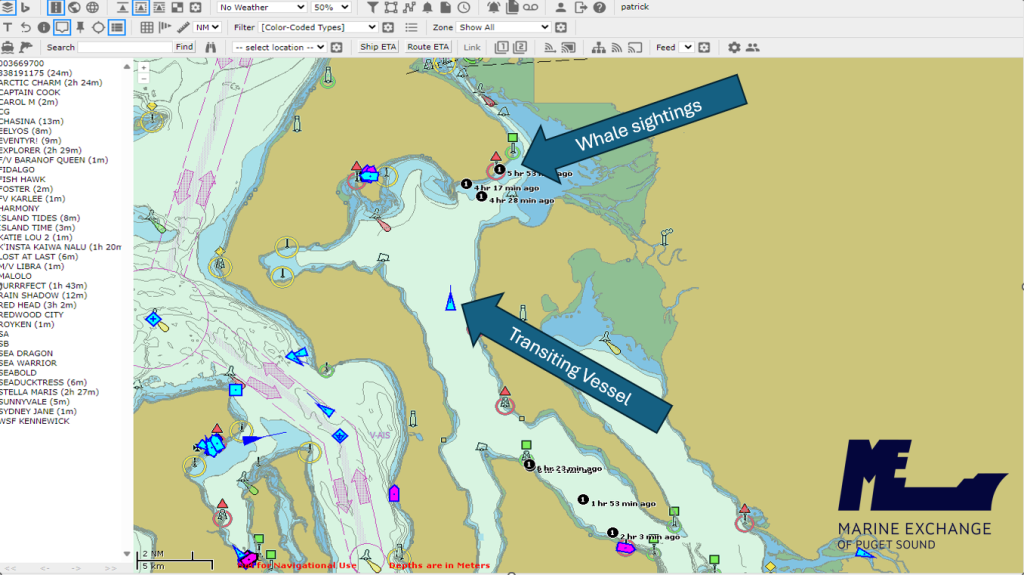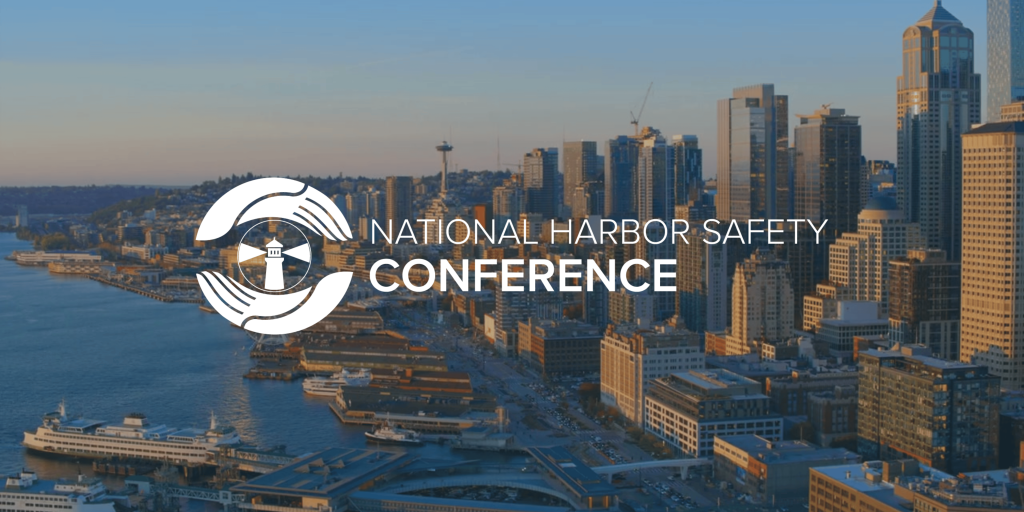
Period Covered: July 18–25, 2025
Vessel Arrivals
51 vessels (down from 61 last week, down 16%)
This week brought sharp declines across most vessel categories. Container traffic fell 18%, tanker arrivals dropped 25%, and tug/ATB were down 67%. No general cargo vessels called this week, while bulker and Ro/Ro traffic were the only segments to see an increase.
Operational Notes
All seven AIS towers were online this week, though Ellis and Buck reported intermittent outages throughout the period.
Container Volume Trends: Up, But Misleading
NWSA’s June 2025 TEU statistics reveal that total container volume is up 5.1% year-over-year through June, with 1.64 million TEUs moved so far. However, over half of international exports (51%) are empty containers. While overall volume appears healthy, growth is being driven by empty repositioning — not revenue-generating cargo.
Empty exports have jumped 27.6% year-to-date, while empty imports have dropped significantly. If import demand remains weak and empty flows continue, the second half of 2025 could underperform, despite the strong start. We’re keeping a close eye on consumer demand, inventory levels, and trans-Pacific freight rates. On the bright side, Alaska and Hawaii trade lanes continue to offer dependable stability.
Leadership & Policy
This week Rear Admiral Arex Avanni officially relieved Rear Admiral Charles Fosse as Commander of the Northwest District. We thank RADM Fosse for his years of dedicated service and welcome RADM Avanni as he assumes this important regional role.
In international trade, a newly announced European trade agreement is expected to bring increased stability to trans-Atlantic cargo flows. Meanwhile, trans-Pacific container rates have begun to level off after months of volatility.


